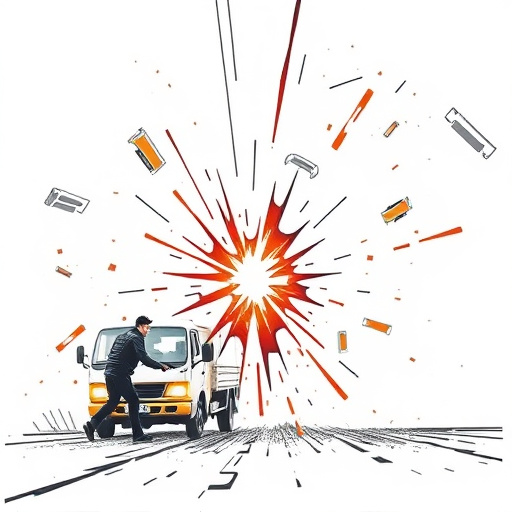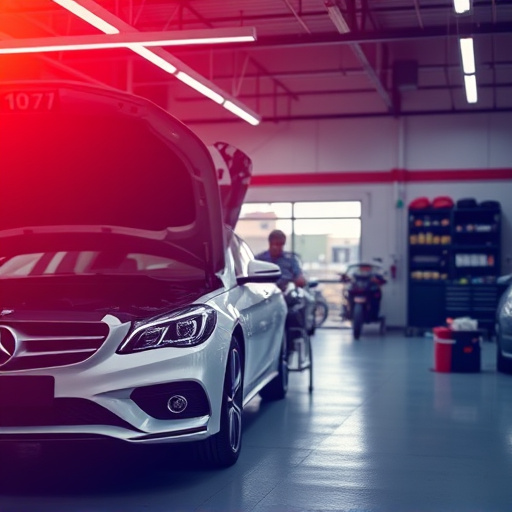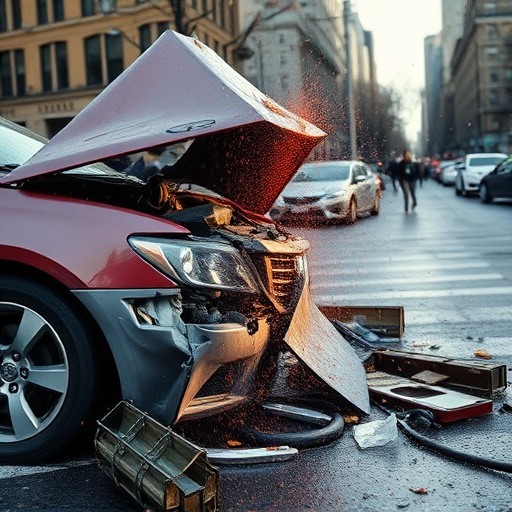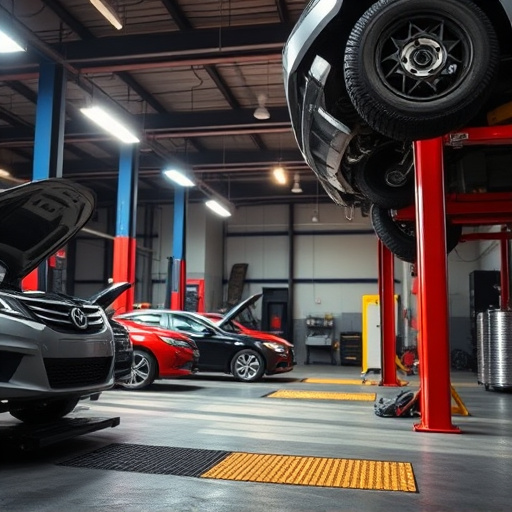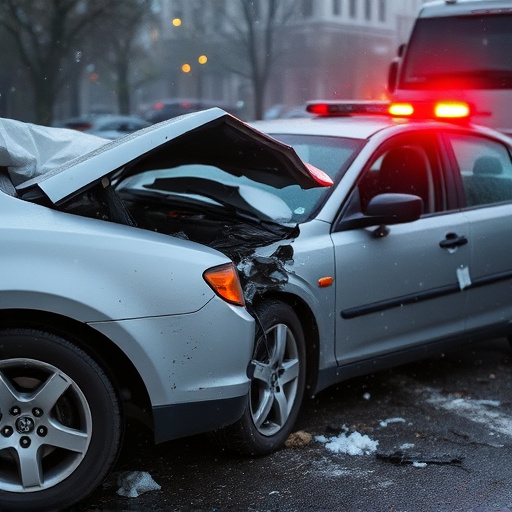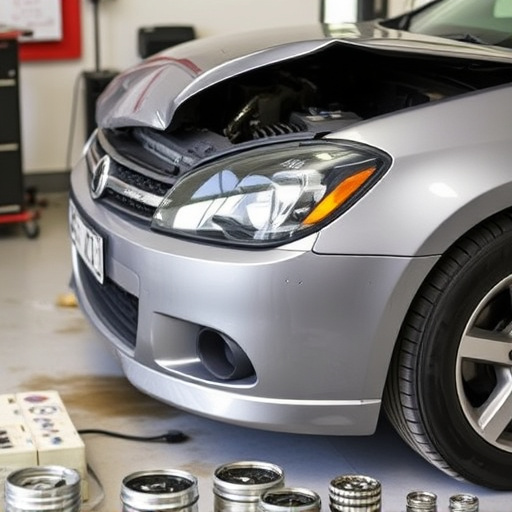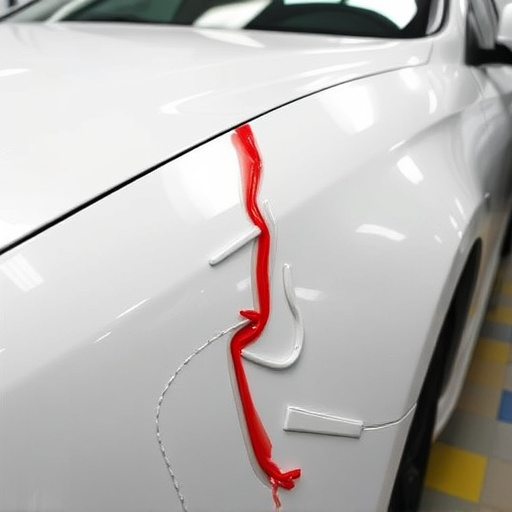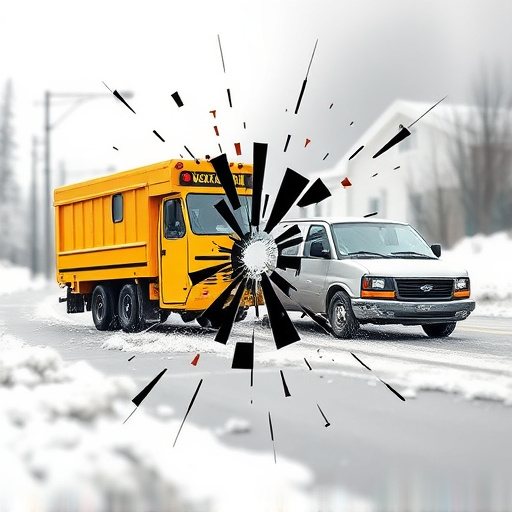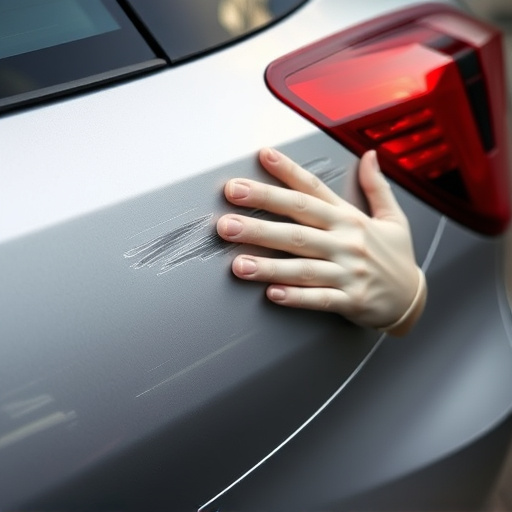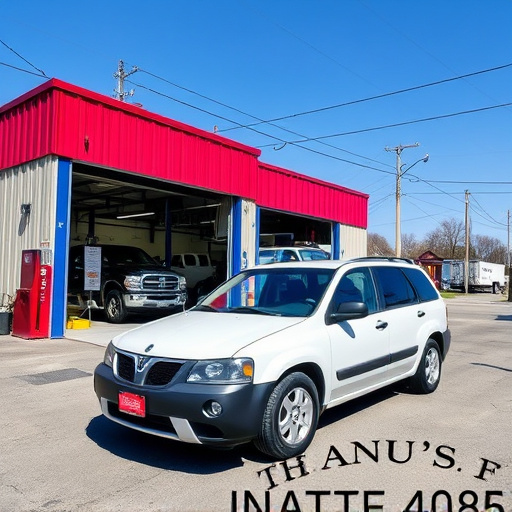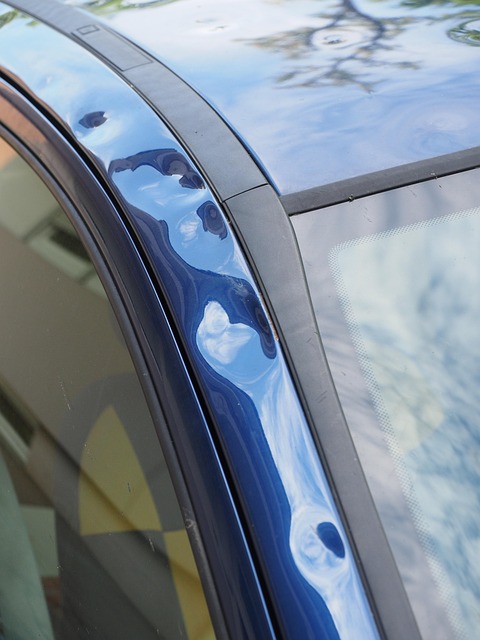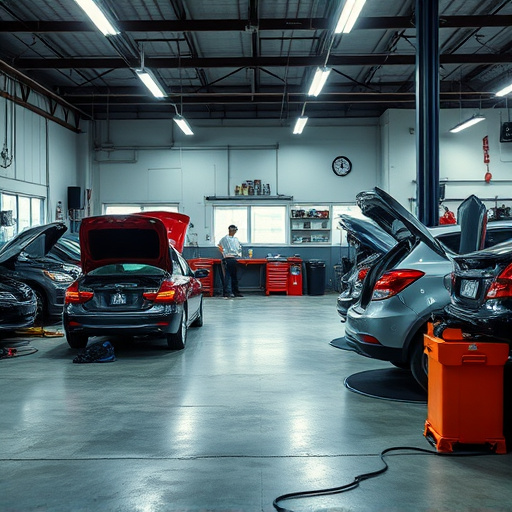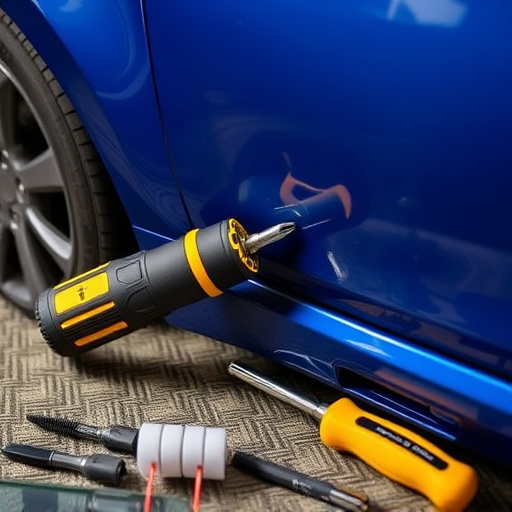Managing delay concerns in collision repair is vital for efficient restoration and environmental compliance. Prolonged vehicle stays cause rust, parts degradation, and waste contamination. Streamlining processes through optimized layouts, digital tools, and quality control reduces turnaround times, minimizing delays and promoting responsible waste management. Delays lead to overlooked environmental standards with significant legal implications, especially in car paint services managing VOCs. Efficient strategies like task prioritization, enhanced communication, standardized protocols, and technician training address delay concerns while ensuring safety and sustainability in the collision repair industry.
In the fast-paced world of collision repair, delays can significantly impact both operational efficiency and environmental compliance standards. This article delves into the intricate web of delay concerns in collision repair, exploring how time-related challenges affect the entire process. We examine the environmental implications of delayed repairs and offer strategic insights to balance these standards effectively. By understanding the impacts and implementing efficient practices, collision centers can streamline operations while adhering to crucial environmental regulations.
- Understanding Delay Impacts on Collision Repair
- Environmental Compliance: A Crucial Aspect Delayed
- Balancing Standards: Strategies for Efficient Repairs
Understanding Delay Impacts on Collision Repair
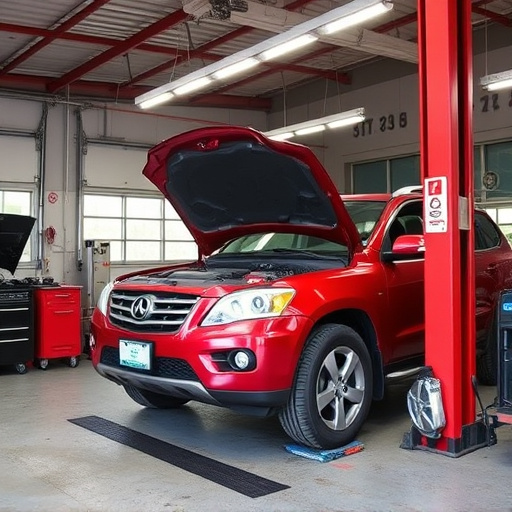
In the realm of collision repair, understanding delay impacts is paramount as it directly affects both the efficiency of vehicle restoration and adherence to environmental compliance standards. Every minute a damaged vehicle spends in a collision repair shop beyond the estimated timeline can have cascading effects. This delay not only frustrates car owners but also introduces potential risks related to rust formation, parts degradation, and environmental contamination if proper disposal protocols are not followed.
Delay concerns go beyond mere inconvenience; they underscore the need for collision repair shops to streamline their processes. Optimizing workflows, ensuring adequate staffing, and utilizing advanced technologies can significantly reduce turnaround times. For example, efficient shop layout design, implementation of digital project management tools, and adherence to strict quality control measures enable faster and more accurate car collision repairs, minimizing delays and thereby promoting environmental stewardship through proper waste management and timely recycling of vehicle components.
Environmental Compliance: A Crucial Aspect Delayed
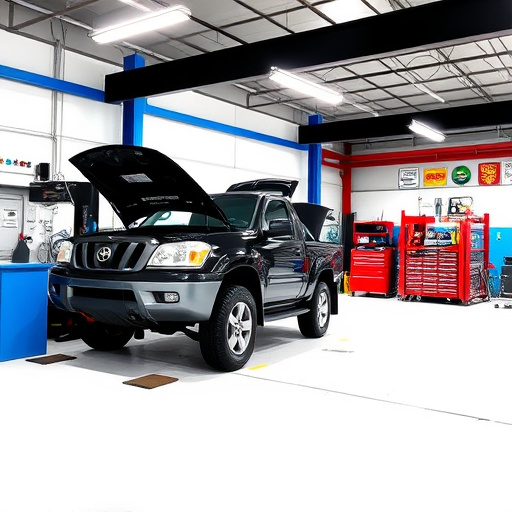
The delay in collision repair can have significant implications for environmental compliance standards, often overlooked in the face of pressing time constraints and logistical challenges. As vehicles are repaired or replaced, proper disposal of damaged cars and their components becomes a critical responsibility. This involves adhering to strict regulations regarding toxic substance management, hazardous waste handling, and recycling requirements. Every delay in the collision repair process increases the risk of non-compliance, potentially leading to hefty fines and legal consequences for auto body shops and dealerships.
When a vehicle dent repair or collision damage repair is delayed, it not only disrupts the smooth flow of operations but also poses environmental risks. Car paint services, for instance, require meticulous handling of volatile organic compounds (VOCs) found in paints and coatings. Timely repairs ensure these substances are used and disposed of according to environmental protection guidelines. Delays can result in increased emissions and waste, undermining efforts to maintain a sustainable and responsible automotive industry.
Balancing Standards: Strategies for Efficient Repairs
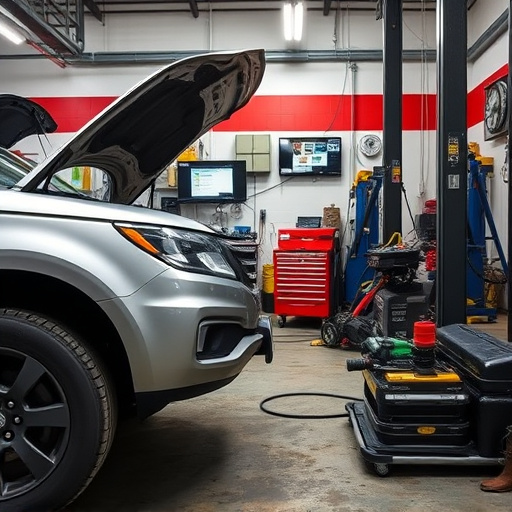
In the realm of collision repair, balancing safety standards and environmental compliance is a complex task. Delays in the repair process can significantly impact both aspects, leading to potential consequences for businesses and the environment alike. However, implementing efficient strategies can help navigate these challenges. One key approach involves prioritizing tasks to streamline the repair workflow, ensuring that critical safety repairs are addressed first while adhering to regulatory standards.
Effective communication among stakeholders, including insurance companies, body shops, and regulatory bodies, is essential. Standardized protocols for different vehicle types and damage levels can reduce turnaround times. Moreover, investing in advanced training for technicians on environmental best practices enables them to conduct efficient vehicle body repair while minimizing waste and emissions. This holistic strategy not only meets but exceeds collision repair standards, demonstrating a commitment to both safety and sustainability in the industry.
Delaying collision repair not only impacts customer satisfaction but also poses significant environmental compliance risks. By understanding the effects of delays, adhering to strict environmental standards, and implementing efficient strategies, collision centers can mitigate these issues. Balancing timely repairs with regulatory adherence is essential for maintaining a sustainable and responsible automotive industry.
